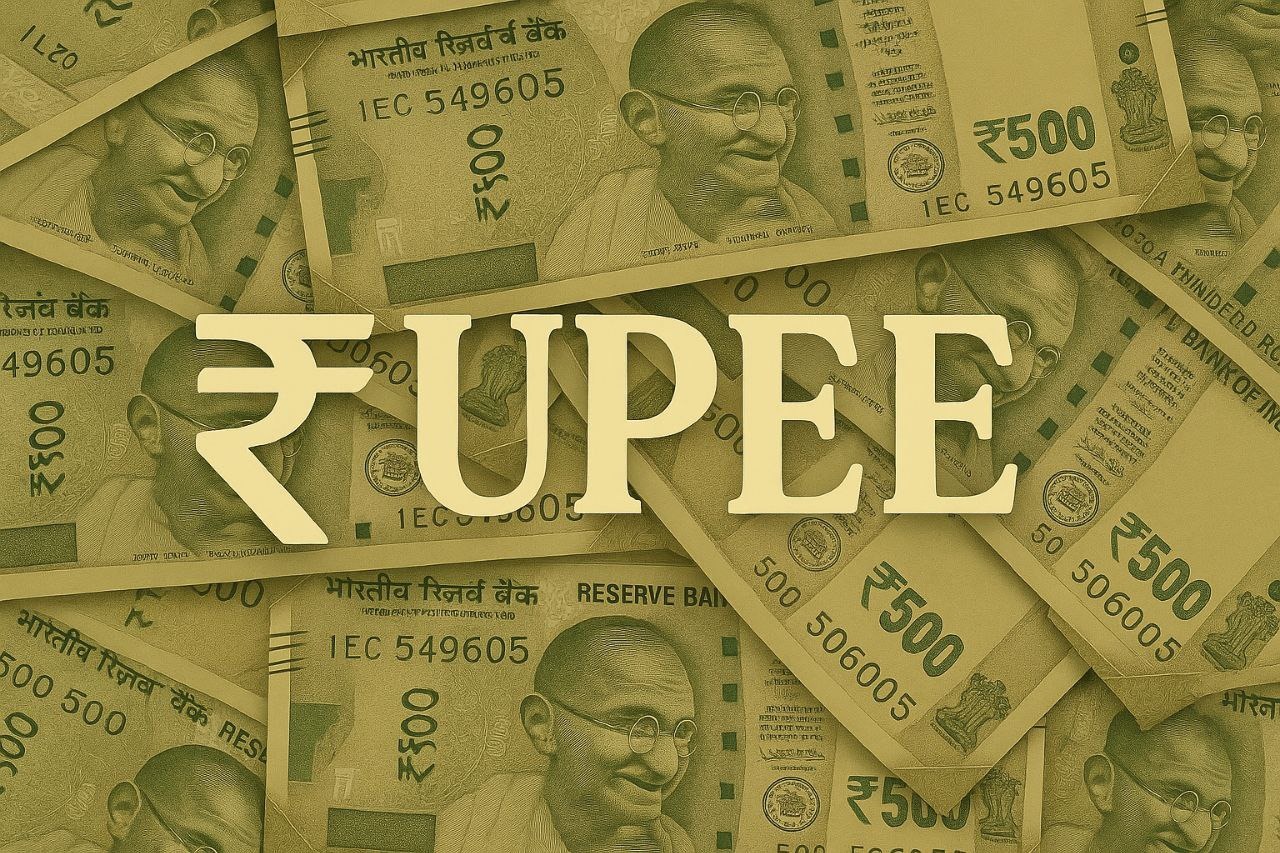💰 The Indian Rupee: More Than Just Currency, A Symbol of Sovereignty

The Indian Rupee [ ₹ ] is not merely a medium of exchange; it’s the heartbeat of India's economic identity and a reflection of its civilizational legacy. From the ancient punch-marked coins of the Mahajanapadas to the sleek digital rupee of the modern day, the journey of the Indian rupee tells a story of resilience, transformation, and pride.
"A nation's currency is not just paper, but a mirror of its strength, character, and cultural wealth." ~ Adarsh Singh
💰 The Origins: A Currency Rooted in Civilization
India's tryst with coinage dates back to 6th century BCE when ancient kingdoms used punch-marked silver coins. The term "Rupiya" was first used by Sher Shah Suri in the 16th century, who issued a silver coin weighing 178 grains (about 11.5 grams). It continued under the Mughals and later during British colonial rule.
The word "Rupee" is derived from the Sanskrit word Rūpya, meaning "wrought silver" or "a coin of silver".
🏛 Colonial India and the Transformation of Currency
During British rule, the rupee underwent significant changes. The British introduced standardized coins and notes under the Paper Currency Act of 1861. However, the rupee was still linked to silver, which made it vulnerable to international silver price fluctuations.
It wasn't until 1947, with India’s independence, that the Rupee became a symbol of national economic sovereignty.
🇮🇳 The Symbol ₹ ~ A Modern Identity
In 2010, the Indian Rupee got its own unique symbol - ₹ - designed by Udaya Kumar Dharmalingam. The design is a blend of the Devanagari ‘र’ (Ra) and the Roman ‘R’, symbolizing India’s rich cultural and economic blend. It also reflects the tricolor of the Indian flag and an equality sign, subtly denoting India’s commitment to economic parity.
"When the Rupee found its symbol, India found its silent roar in the global economy." ~ Adarsh Singh
📉 The Rupee in Global Trade
Over the years, the Indian rupee has faced the tides of globalization, inflation, economic reforms, and geopolitical shocks. Despite challenges, the rupee remains a regional benchmark currency in South Asia and has found bilateral trade arrangements with countries like Russia, UAE, and Sri Lanka in local currency settlements.
In recent times, with India’s growing digital economy, the Reserve Bank of India (RBI) has also introduced the Digital Rupee (CBDC), making India one of the few countries actively piloting a sovereign digital currency.
💡 Interesting Facts About the Indian Rupee
Highest Denomination ever issued: ₹10,000 note (discontinued).
The Mahatma Gandhi Series was introduced in 1996, a major change in design.
Coins in India are issued in denominations of ₹1 to ₹20.
Indian notes are printed at four presses: Nashik, Dewas, Mysuru, and Salboni.
The RBI is the sole issuer of banknotes, while the Government of India mints coins.
🌍 Towards Global Acceptance
India is pushing for internationalization of the Rupee. As trade expands with countries willing to trade in INR, there is a vision that the Rupee may one day join the likes of the Dollar and Euro in global transactions.
"India’s economic dream will rise when the world begins to trade in rupees." ~ Adarsh Singh
🧘 The Rupee and the Indian Ethos
In Indian culture, money is often revered, Lakshmi, the goddess of wealth, is worshipped to bless prosperity. The rupee isn't just material; it’s spiritual, symbolic, and deeply cultural. Even today, people touch money to their forehead as a sign of respect.
"To an Indian heart, the rupee is not mere metal or ink, it’s Lakshmi herself." ~ Adarsh Singh
The Indian Rupee is far more than currency, it is a narrative of India’s economic past, a symbol of its present, and a beacon of its global aspirations. As India moves towards becoming a global superpower, the rupee too is poised to take center stage, evolving, adapting, and rising with the nation.
"When the Rupee rises, so does the spirit of a billion dreams." ~ Adarsh Singh
Mon Jun 23, 2025
